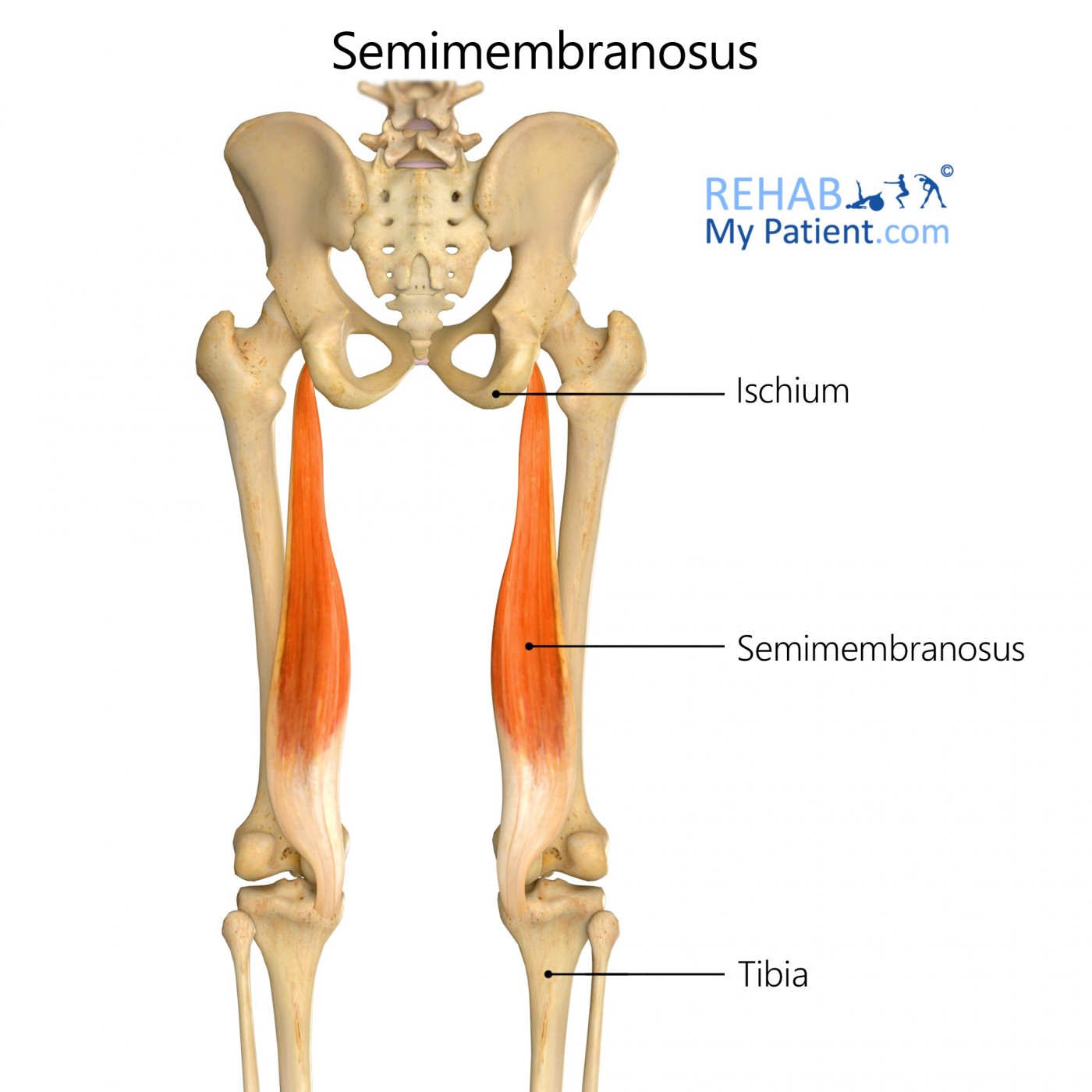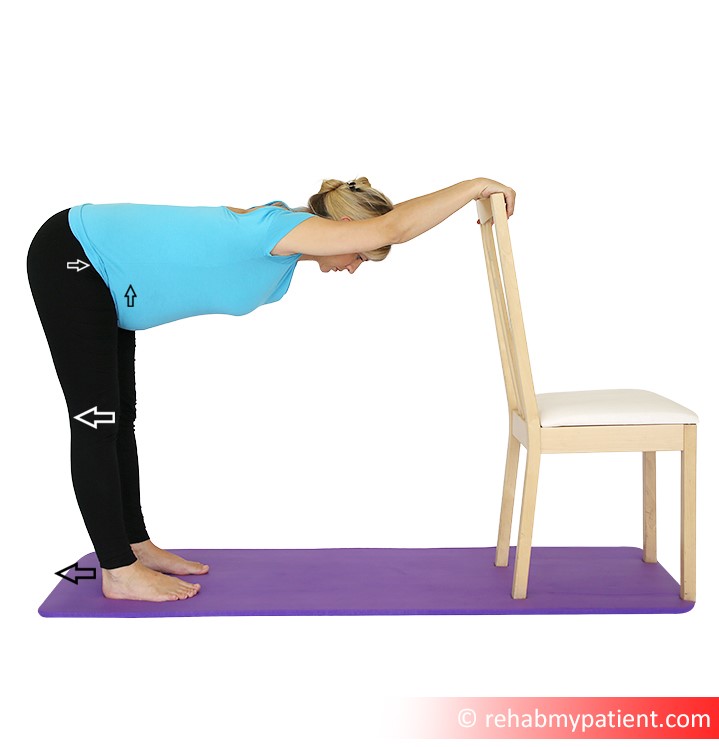
General information
The semimembranosus muscle is located in the back of the thigh. Out of the three hamstring muscles, it is the most medial.
Literal meaning
Half skin.
Interesting information
Most of the time, an injury to this muscle occurs at the proximal myotendinous junction. When it comes to the biceps femoris, the junction extends over the majority of the length. Injuries do not often occur within the tendon unless you have pre-existing pathology. A bony avulsion located at the bony avulsion for the ischial origin can occur as well, but often this is associated with large-force, sudden and hip-flexion injuries.
Origin
Lateral aspect for the superior portion of the ischial tuberosity.
Insertion
Tubercle of the posterior surface of the medial condyle for the tibia along with slips to the medial and the lateral borders for the medial condyle.
Function
Hip extension.
Knee flexion.
Medial rotator in the semi-flexed knee.
Nerve supply
Tibial nerve S1-S2 and L5.
Blood supply
Proximal to distal muscle supplied by posterior branch of the obturator artery.
Inferior gluteal artery.
Deep femoral artery deep perforating branches.
Popliteal artery direct muscular branches.
Popliteal artery inferior and superior medial genicular branches.
Femoral artery descending genicular artery saphenous branch.
Anterior tibial recurrent artery.

Relevant research
This study set out to investigate the dynamic restraints of the semimembranosus muscle (SM), in order to better understand the synergistic effect of the semimembranosus corner. The study found that the semimembranosus muscle was a main active restraint to external rotation and anteromedial rotation, particularly at higher flexion angles and when the main passive medial restraints were missing. This means that a complete semimembranosus avulsion may be a sign of a severe medial knee injury, so where there is a multiligament injury, refixation should be considered.
Kittl C, Becker DK, Raschke MJ, et al. Dynamic Restraints of the Medial Side of the Knee: The Semimembranosus Corner Revisited. Am J Sports Med. 2019; 47(4):863?869. doi:10.1177/0363546519829384
Semimembranosus exercises
Standing hamstring stretch
The standing stretch is an effective way to increase the flexibility of the hamstring, but it all depends on the position of the pelvis. If possible, maintain a straight lower back during this exercise, it will prove to be a lot more effective. Perform this stretch standing and facing a table or chair. Keeping the chest up and the back straight, bend forward at the hips until a stretch is felt in the back of the thigh. Perform the stretch for a total of 10 repetitions.

Doorway stretch
Using a doorway for this stretch makes it a lot easier for the pelvis to remain stable. Lying on the floor, put one leg on the wall and the other flat along the floor going through the doorway. Pull as close to the wall as possible to feel the stretch. These hamstring stretches are just as effective as those standing up. Perform the exercise for a total of 10 repetitions on each leg.
Sign Up
Sign up for your free trial now!
Get started with Rehab My Patient today and revolutionize your exercise prescription process for effective rehabilitation.
Start Your 14-Day Free Trial